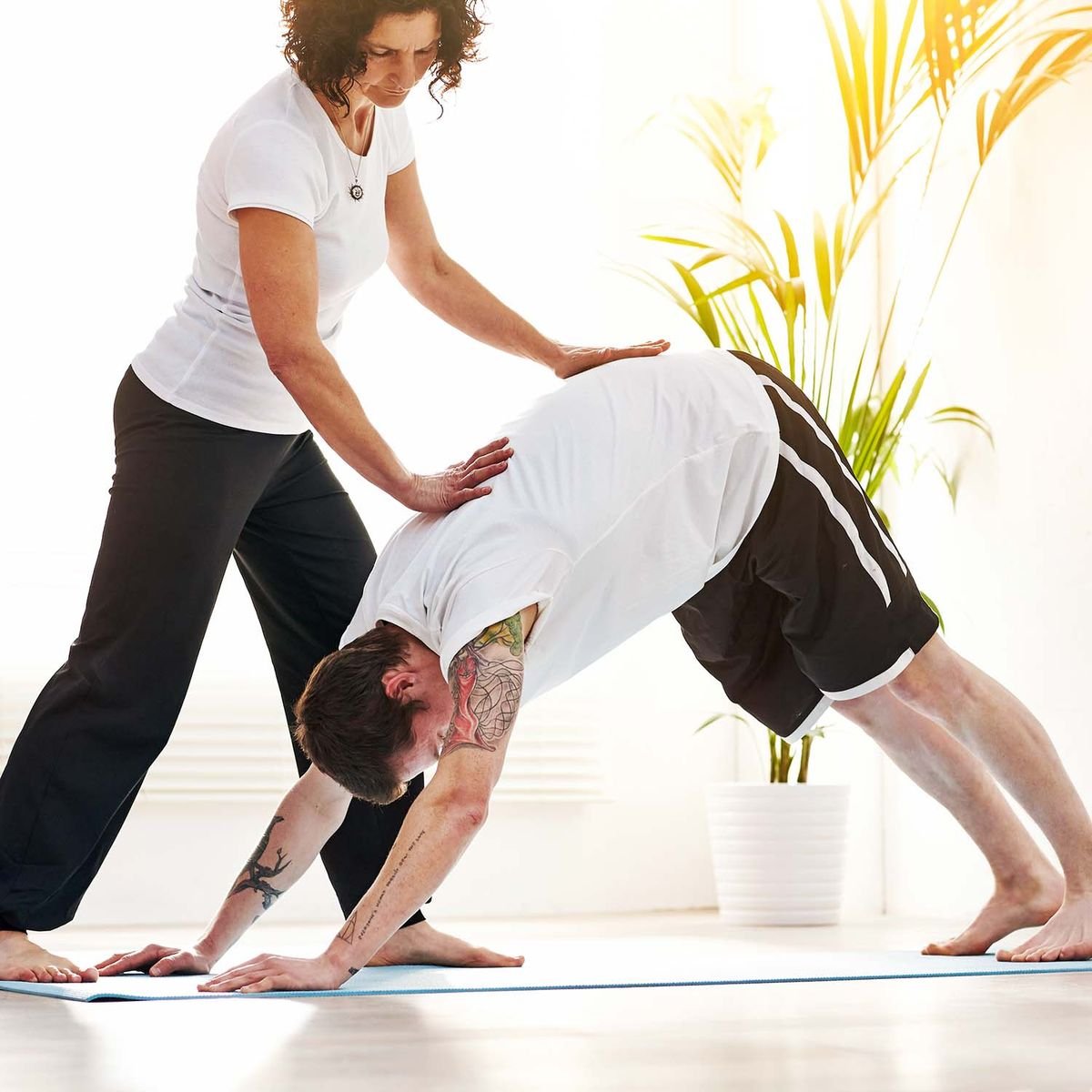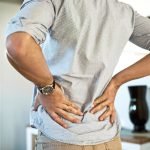Improvements in perceived stress may contribute to a reduction in low-back pain (LBP) and related disability in people with chronic LBP who receive physical therapy (PT), according to a recent analysis of data.However, the effects of yoga and PT on other psychological factors, compared to an education control group, were small and did not significantly contribute to improvements in LBP or disability.
The analysis was funded in part by the National Center for Complementary and Integrative Health (NCCIH) and published in the Journal of Orthopaedic & Sports Physical Therapy.
Previous research has shown that the level of pain a person with LBP experiences is related to their psychological health. Some treatments for low-back pain, such as PT and yoga, which use a physical approach, have been shown to decrease disability and (in the case of PT) pain, as well as improve psychological factors such as perceived stress and anxiety.
Unknown, however, is whether the improvements in LBP and disability from PT and yoga result only from their direct physical effects or are also due to indirect effects on psychological factors.
Source: Psychological Effects of Yoga and Physical Therapy on Low-Back Pain and Disability | NCCIH
Many people view Yoga as something only young, fit, able bodied people can do, and this is unfortunate. With so many people using it as a clout booster, its variety, its spiritual origins, and its healing effects get lost behind the hype. In addition to this, many other available methods of physically active meditation are overshadowed or sometimes mislabeled as a type of “Yoga” to fight obscurity or avoid needing to give long defensive explanations.
I would like to see that change.









